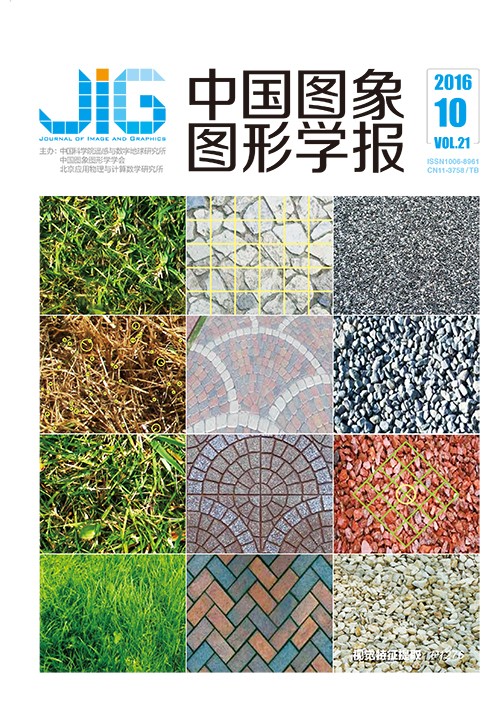
利用多核增强学习的立体图像舒适度评价模型
摘 要
目的 传统的立体视觉舒适度评价模型,在学习阶段一般采用回归算法,且需要大量的包含主观测试数据的训练样本,针对这个问题,提出一种利用多核增强学习分类算法的立体图像舒适度评价模型。方法 首先,考虑人们在实际观测图像时,对于先后观测到的不同图像进行相互比较的情况,将评价模型看成是偏好分类器,构造包含偏好标签的偏好立体图像对(PSIP),构成PSIP训练集;其次,提取多个视差统计特征和神经学模型响应特征;然后,利用基于AdaBoost的多核学习算法来建立偏好标签与特征之间的关系模型,并分析偏好分类概率(即相对舒适度概率)与最终的视觉舒适度之间的映射关系。结果 在独立立体图像库上,与现有代表性回归算法相比较,本文算法的Pearson线性相关系数(PLCC)在0.84以上,Spearman等级相关系数(SRCC)在0.80以上,均优于其他模型的各评价指标;而在跨库测试中,本文算法的PLCC、SRCC指标均优于传统的支持向量回归算法。结论 相比于传统的回归算法,本文算法具有更好的评价性能,能够更为准确地预测立体图像视觉舒适度。
关键词
Objective visual comfort assessment model for stereoscopic images via multiple kernel boosting
Zhang Zhuqing, Shao Feng, Jiang Gangyi(Faculty of Information Science and Engineering, Ningbo University, Ningbo 315211, China) Abstract
Objective To solve the problem in assessment algorithms of traditional three-dimensional visual comfort, which generally require a large amount of training data with subjective mean opinion scores to train a regression model, we propose a new visual comfort assessment model via multiple kernel boosting (MKL) method. Method First, considering the fact that humans tend to conduct a preference judgment between two stereoscopic images in terms of visual comfort, we select some representative stereoscopic images to generate preference stereoscopic image pairs (PSIPs) and construct a PSIP training set with a preference label set. Second, we extract multiple disparity statistics and feature type derived by estimating neural activity, associated with horizontal disparity processing. Then, a preference classification model is trained on the basis of the MKL method by taking the vector of the aforementioned differential features and corresponding preference label of each PSIP as input. Besides, a mapping strategy between classification probability and final predictive visual comfort is analyzed. Result Experimental results demonstrate that the proposed method can obtain a Pearson linear correlation coefficient (PLCC) larger than 0.84 and Spearman's rank correlation coefficient (SRCC) larger than 0.80, which are superior to those of other existing representative regression methods; and the cross-database testing further validates that it can achieve better PLCC and SRCC performance compared with support vector regression models. Conclusion Compared with traditional regression algorithms, the proposed method performs better in predicting visual comfort accurately.
Keywords
stereoscopic image visual comfort assessment preference label preference stereoscopic image pair multiple kernel boosting preference classification model
|



 中国图象图形学报 │ 京ICP备05080539号-4 │ 本系统由
中国图象图形学报 │ 京ICP备05080539号-4 │ 本系统由